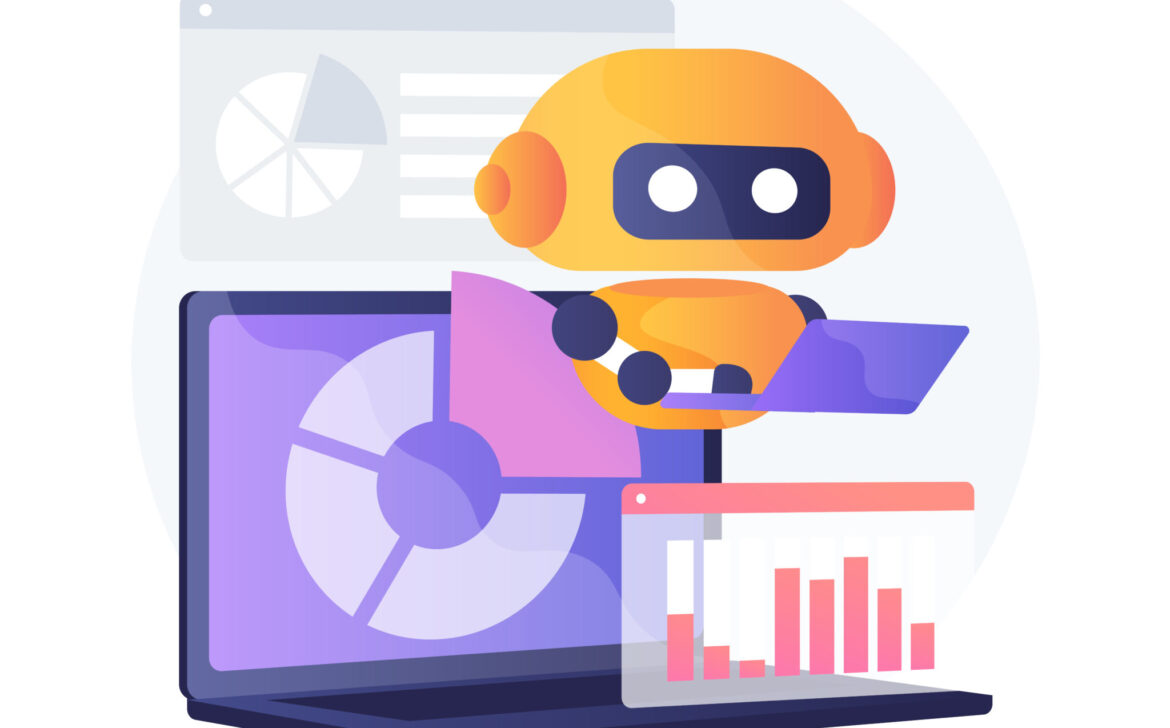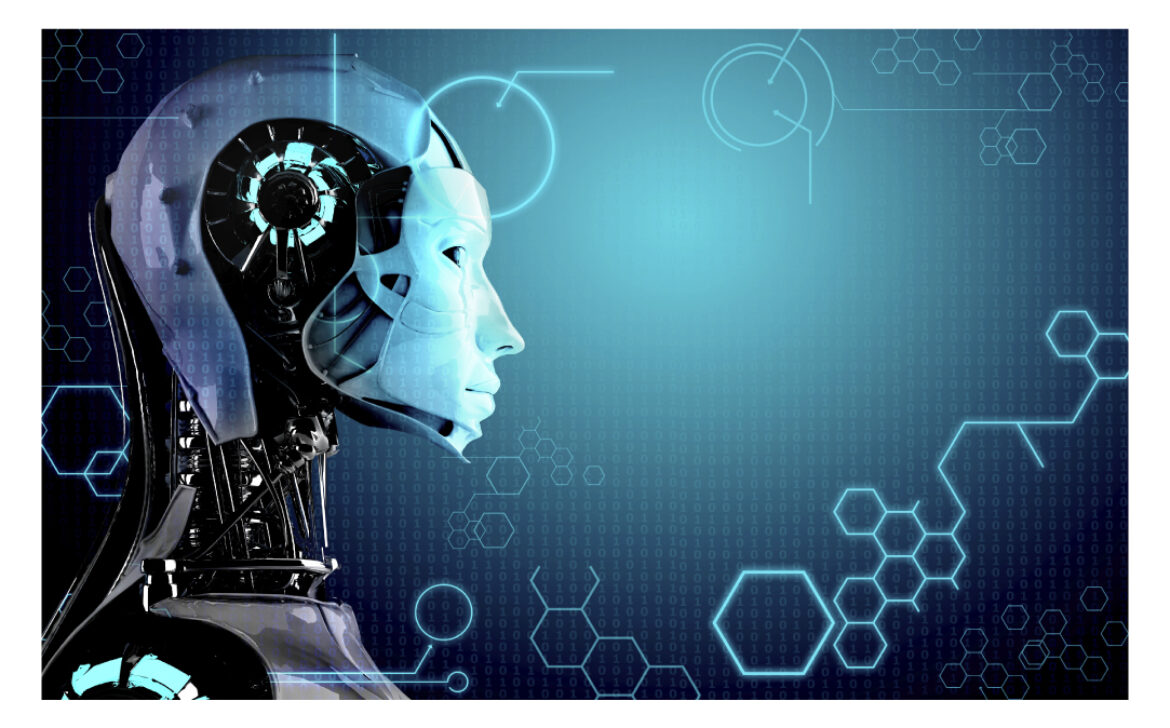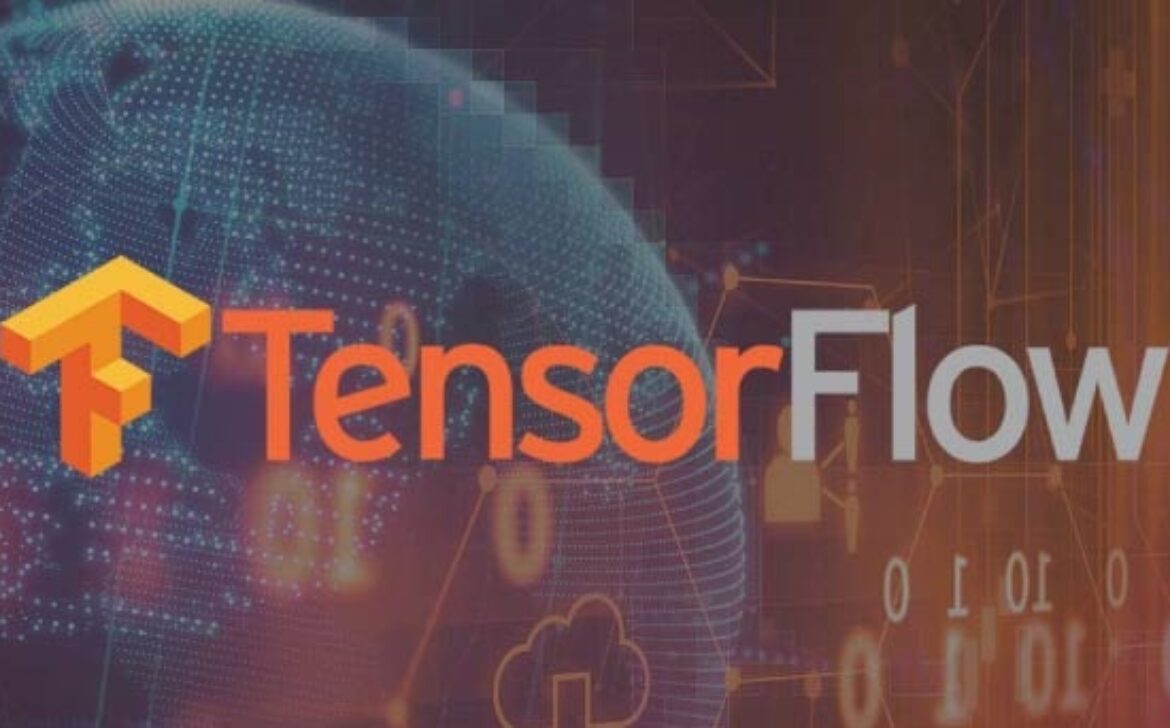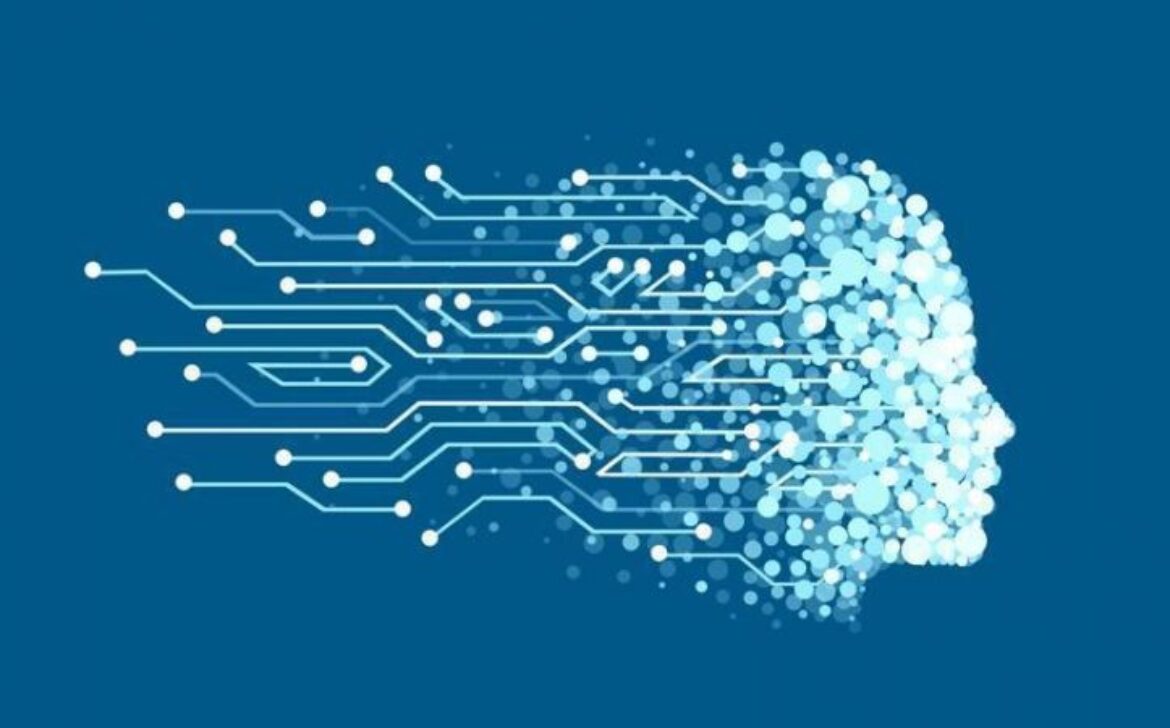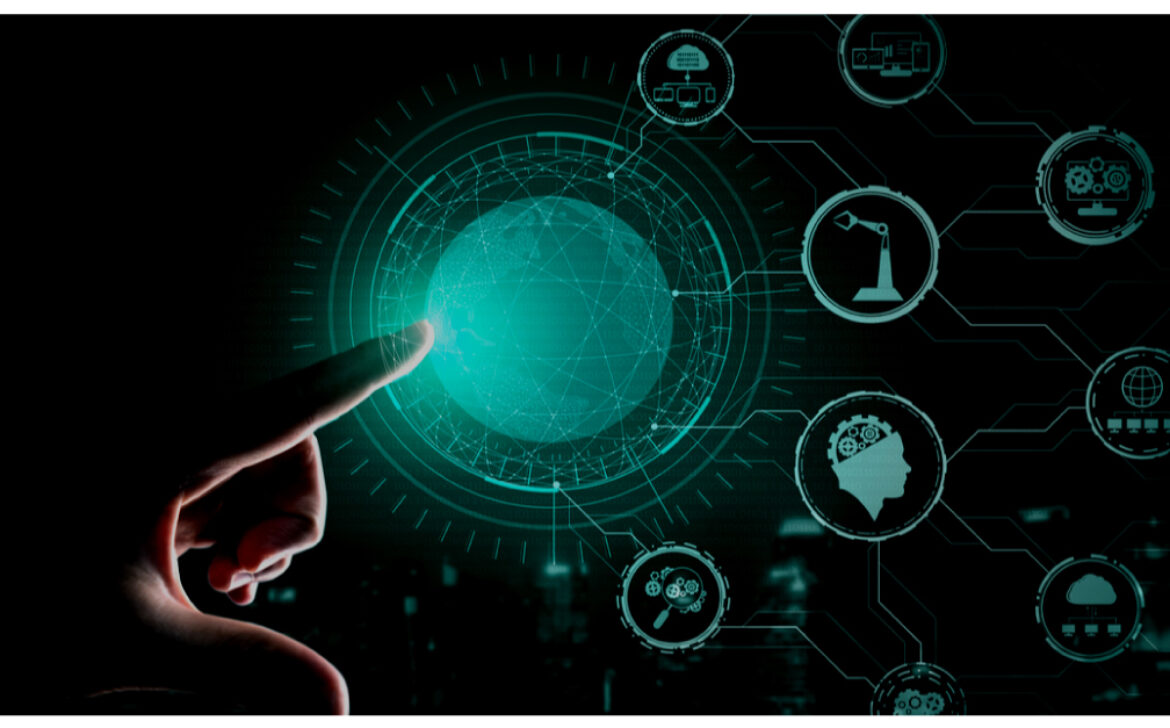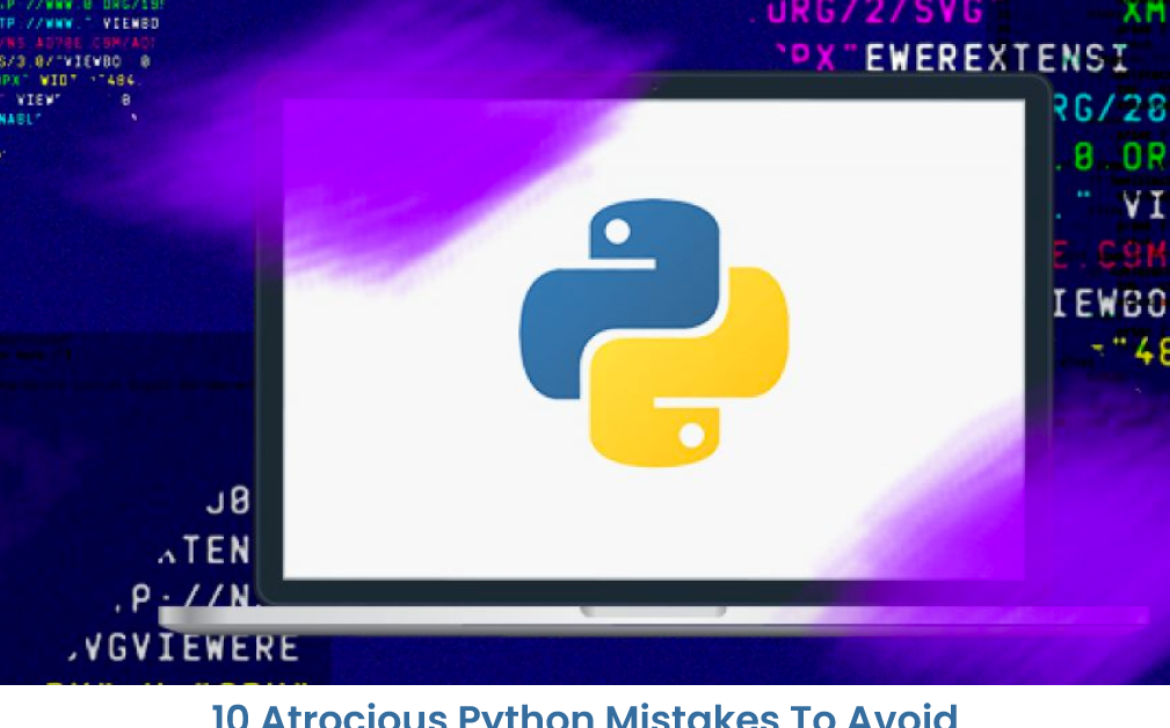5 Prime Reasons To Master No-Code Machine Learning
No-code machine learning has been revolutionising the way industries do business. Being backed by the tech fraternity, No-Code ML makes understanding and building Machine Learning models more accessible.
Have you ever felt overwhelmed by groundbreaking revolutions in ML? Does your industry need access to new subsets of Ml, especially, no-code ML? There’s a way you can help your industry by gaining specific skills.
However, Machine learning without coding has been mushrooming at a rapid speed. This is because you can master ML without a single line of programming, whatever might be your background.
No-code Machine Learning generates human judgements to execute exciting business programs. The sector of ML is vast and diverse. To understand a better overview of the plot, look at the no-code ML map.
Endless Opportunities
You don’t need to be an expert programmer to get through this job. We have come a long way, and now you don’t need to be a technology specialist to gain the benefits of ML. Moreover, the majority of the businesses have been ranked ML in their strategic business outlook. Companies understand the complexities surrounding developers. However, they can’t afford to train new developers as many candidates aren’t capable enough to understand the difficulties.
Meanwhile, the no-code ML models have been more productive and cost-effective. One can benefit from the opportunity that exists even if he doesn’t know how to write a single line of code but is good at problem-solving.
It’s Quick To Execute
As per the recent survey Data science report, companies invest more than six months in locating or building a suitable ML model. And that’s where the use of no-code comes in. Industries are saving months now that ML is accessible with no code.
Businesses don’t need to invest time in teaching programming. It is proven that with no code ML businesses can significantly reduce time, which further allocates time to build more exciting projects.
Cost-Efficient
It is evident how businesses save the cost spent on traditional AI. It is disclosed in the recent reports of the Deloitte survey that 40% of businesses invest too much in ML experts and technologies.
No-code ML that describes the non-technical, cuts down the massive need for developers, saving costs. The quicker you create applications with no code, the cheaper things become in the long term.
ML-Driven products
End users want personalization, content, product curation, and efficiency. To execute that, products require data input and output that captivates the audience’s mind. These products deliver a unique experience to end-users based on personalization.
In addition, with the help of No-code ML, businesses can design more user-friendly visuals and features like drag and drop. Unlike, old methods, No-code ML utilizes a GUI (Graphical User Interface) to create elements automatically based on data existing.
Most-Effective Decision Making
With no-code Machine Learning, users can instantly classify information, execute data analysis, and generate accurate data predictions with built-up models. Hence, this approach fecilitates quick, and precise outputs.
Collectively, no-code ML has been already resolving difficulties for the technical professional in other areas such as web development, databases, and rule-based automation. Therefore, it is evident that no-code is enhancing and easing everyday work for industries.

